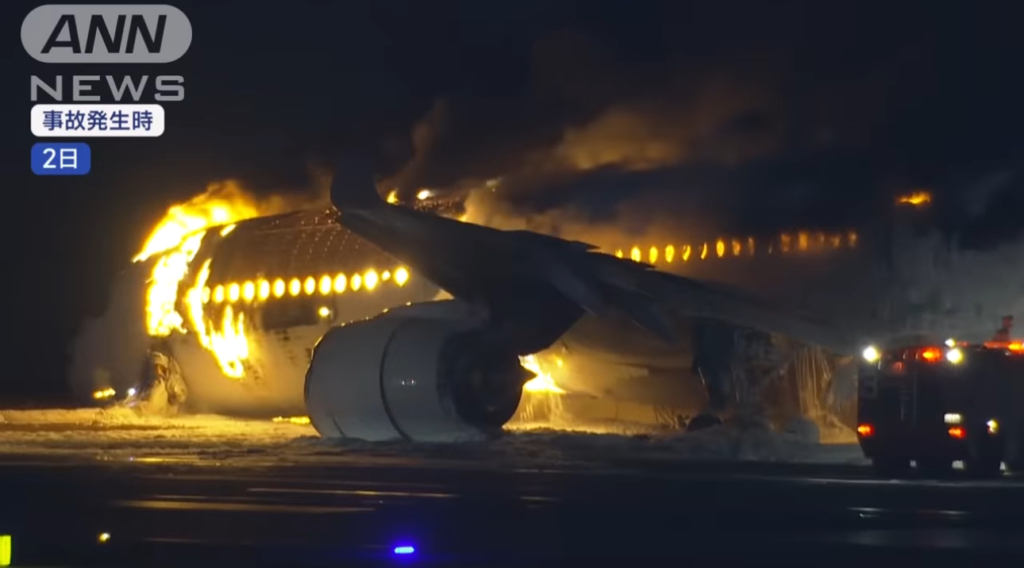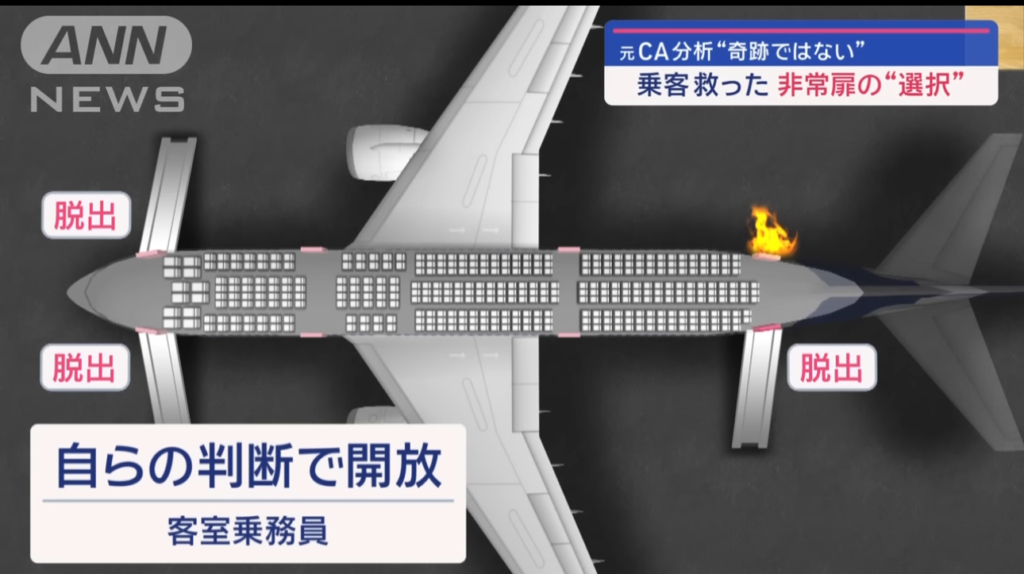
Today I had the privilege of listening to an enlightening talk by Izumi Egami, a former cabin crew member with 30 years of service at Japan Airlines (JAL). Her insights on the successful emergency evacuation of 379 passengers and crew from an aircraft deeply moved me.
While international media, including British newspapers and The New York Times, hailed this evacuation as a ‘miracle’, Ms. Egami respectfully disagreed. She asserted that this success was not a stroke of luck but the result of rigorous training and a strong commitment to passenger safety.
Ms. Egami outlined the key factors contributing to the successful evacuation:
• Bilingual panic control announcements made by the cabin crew.
• The crew’s independent decision to open emergency exits amid flames.
• Directing passengers to leave their belongings behind for a swift evacuation.
BBC highlighted a comment from a British university professor who noted, “Japan boasts an extraordinary record in transportation safety, and JAL is a global leader in safety.” The professor further observed that this incident showcases the extensive training and efficient management of evacuations by cabin crew.
JAL has experienced its share of challenges, including the world’s deadliest aircraft crash in 1985 and bankruptcy in 2010. It is presumed that these events have led to the implementation of stringent safety measures.
In the past, JAL was the most sought-after employer among female students in Japan, with their cabin crew perceived as highly attractive and aspirational figures.
Today, the veteran cabin crew members of JAL, with their exceptional professionalism and warm smiles, continue to embody the allure and grace that have long been associated with the airline.


 #JapanAirlines #JAL #AviationSafety #CabinCrew #EmergencyEvacuation #Professionalism #AviationIndustry #CrisisManagement #TransportSafety #AirTravel #CustomerServiceExcellence #AviationHistory #JALCrew #SafetyFirst
#JapanAirlines #JAL #AviationSafety #CabinCrew #EmergencyEvacuation #Professionalism #AviationIndustry #CrisisManagement #TransportSafety #AirTravel #CustomerServiceExcellence #AviationHistory #JALCrew #SafetyFirst
